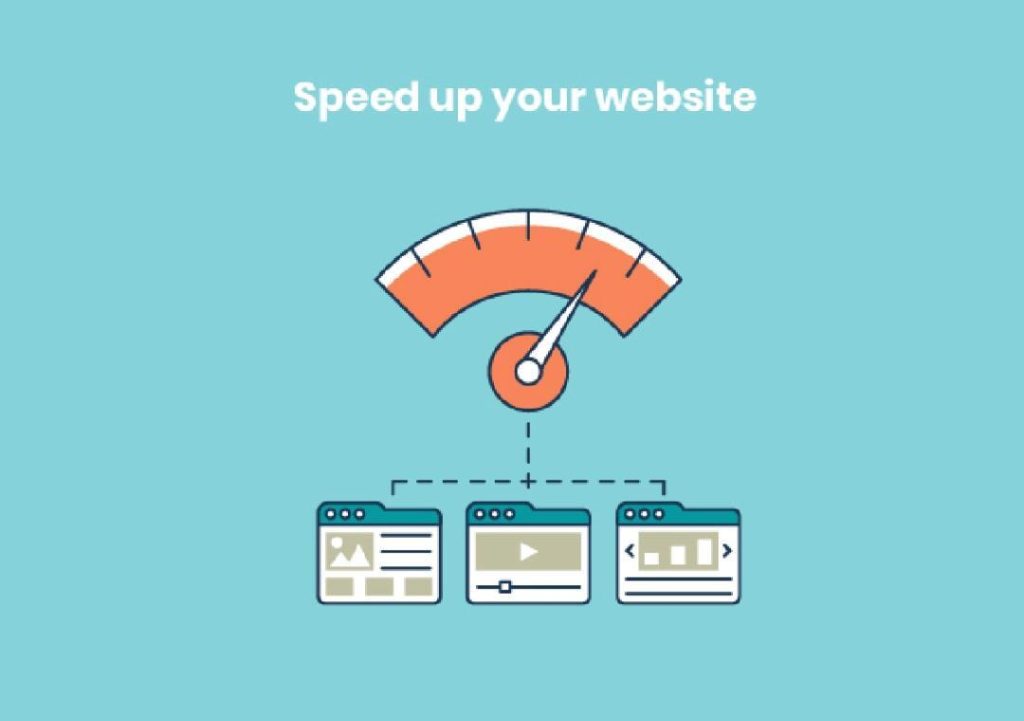
How to Speed Up Your Website without Guesswork?
In today’s fast-paced digital world, a slow website is a recipe for disaster. With the average attention span of a human being hovering around 8 seconds, a website that takes too long to load can drive visitors away, resulting in lost conversions, revenue, and ultimately, a decline in your online presence. The good news is that speeding up your website is no longer a mystery. By implementing a few simple strategies and best practices, you can ensure that your website loads quickly, efficiently, and effectively, improving your SEO ranking, conversion rates, and overall online performance.
The Importance of Website Speed
Before we dive into the how-to, let’s quickly discuss why website speed is so crucial. According to a study by Google, a one-second delay in page load time can result in a 7% reduction in conversions. Another study by Amazon found that for every 100ms delay, conversions decreased by 1%. These statistics highlight the significant impact that website speed can have on your online business.
Compressing Images
One of the most effective ways to speed up your website is by compressing images. Large image files can significantly slow down your website’s load time, especially if you have a lot of high-quality images on your site. Here are a few ways to compress images:
- Use image compression tools: There are many free online tools available that can compress images without compromising their quality. Some popular options include TinyPNG, ImageOptim, and ShortPixel.
- Use image compression software: If you’re a developer or have a team of developers, you can use image compression software like ImageMagick or IrfanView to compress images.
- Use lazy loading: Lazy loading is a technique that loads images only when they come into view. This can significantly reduce the number of images that need to be loaded initially, resulting in faster load times.
Enabling Browser Caching
Browser caching is another effective way to speed up your website. Caching allows your website to store frequently-used files, such as images, CSS, and JavaScript files, on your visitors’ computers. This way, when your visitors return to your website, their browser can load the cached files quickly, reducing the need for repeated requests to your server.
Here are a few ways to enable browser caching:
- Use a caching plugin: If you’re using a content management system like WordPress, you can use a caching plugin like W3 Total Cache or WP Rocket to enable browser caching.
- Use a caching service: If you’re not using a content management system, you can use a caching service like Cloudflare or MaxCDN to enable browser caching.
Minimizing Code
Minimizing code is another effective way to speed up your website. Excessive code can slow down your website’s load time, making it difficult for visitors to access your content. Here are a few ways to minimize code:
- Use a code minifier: A code minifier is a tool that compresses code, removing unnecessary characters and reducing its size. Some popular code minifiers include GZip, UglifyJS, and CSSNano.
- Use a code compressor: A code compressor is a tool that compresses code, removing unnecessary characters and reducing its size. Some popular code compressors include GZip, UglifyJS, and CSSNano.
- Use a code analyzer: A code analyzer is a tool that analyzes your code, identifying areas where it can be optimized and suggesting improvements. Some popular code analyzers include Google PageSpeed Insights and Pingdom.
Using a Content Delivery Network (CDN)
A Content Delivery Network (CDN) is a network of servers distributed across different geographic locations. When a visitor requests your website, the CDN directs them to the nearest server, reducing the latency and improving the load time of your website.
Here are a few ways to use a CDN:
- Use a CDN service: There are many CDN services available that you can use to improve your website’s load time. Some popular options include Cloudflare, MaxCDN, and Akamai.
- Use a CDN plugin: If you’re using a content management system like WordPress, you can use a CDN plugin like WP Rocket or W3 Total Cache to enable CDN support.
Regular Speed Audits
Regular speed audits are essential to ensuring that your website remains fast and efficient over time. A speed audit is a process of analyzing your website’s performance, identifying areas where it can be improved, and implementing changes to optimize its load time.
Here are a few ways to perform a speed audit:
- Use a speed testing tool: There are many speed testing tools available that can analyze your website’s performance and provide recommendations for improvement. Some popular options include Google PageSpeed Insights, Pingdom, and GTmetrix.
- Use a website auditor: A website auditor is a tool that analyzes your website’s performance, identifying areas where it can be improved and providing recommendations for optimization. Some popular website auditors include Ahrefs and SEMrush.
Mobile-First Design
Mobile-first design is a design approach that prioritizes mobile devices when designing your website. This approach involves designing your website for mobile devices first, and then adapting it for larger devices.
Here are a few benefits of mobile-first design:
- Improved user experience: Mobile-first design prioritizes the user experience, making it easier for visitors to access your content on their mobile devices.
- Improved SEO ranking: Mobile-first design can improve your SEO ranking by providing a better user experience and faster load times for mobile devices.
- Improved conversion rates: Mobile-first design can improve your conversion rates by making it easier for visitors to complete tasks on their mobile devices.
Conclusion
Speeding up your website is no longer a mystery. By compressing images, enabling browser caching, minimizing code, using a content delivery network, performing regular speed audits, and prioritizing mobile-first design, you can ensure that your website loads quickly, efficiently, and effectively, improving your SEO ranking, conversion rates, and overall online performance.
Resources






